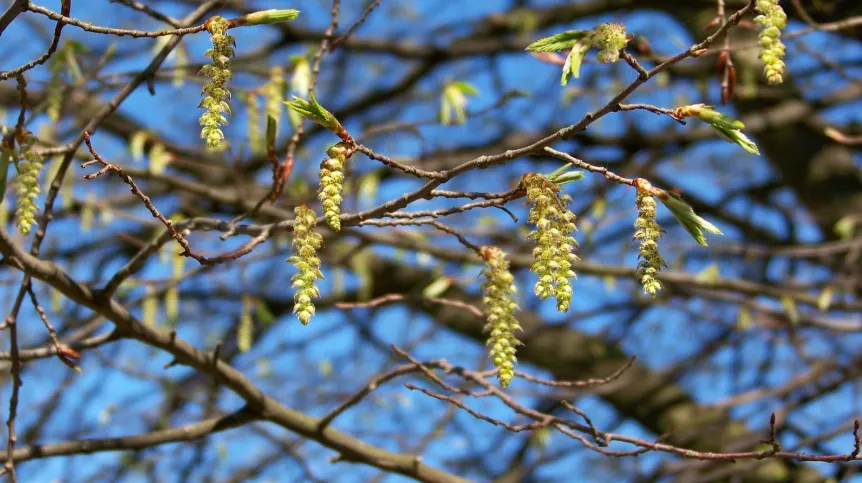
Near real-time monitoring of air allergens in several European countries is now possible thanks to a new initiative from the Copernicus Atmosphere Monitoring Service (CAMS) and the European Aeroallergen Network (EAN).
Run under the auspices of the network of European National Meteorological Services (EUMETNET), the project called Autopollen means anyone who uses pollen forecasts can check the daily forecast updates with incoming observations and rate their accuracy.
The observations are processed immediately to adjust the starting point of the daily forecasts, as is the case in numerical weather forecasts. Forecasts for the five common types of pollen: birch, olive, grass, ragweed and alder will be fed into the system using computer modelling.
Vincent-Henri Peuch, Director of the Copernicus Atmosphere Monitoring Service, said: “The new automated pollen monitoring capacity developed by EUMETNET and the EAN is of benefit to all users who can check how far the forecasts are correct.
“While it is common today to verify air quality forecasts in real time, it is truly ground-breaking for pollen.”
Birch pollen peaks in April; this pollen should be avoided in southern Europe. On the other hand, a trip to the north in July can be a problem for people allergic to grass pollen, which are in full bloom at this time. The olive tree is common in Mediterranean countries and its pollen is very common from May to June.
There are hardly any pollen-free regions in Europe as spores are transported over great distances.
This is why the 4-day CAMS forecast can be a valuable tool for allergy sufferers.
The automated pollen monitoring system is being tested at 20 locations in Switzerland, Bavaria, Serbia, Croatia and Finland, with plans to expand to other European countries, and is currently being run by the Swiss Meteorological Service MeteoSwiss.
According to CAMS, these are the first publicly available routine automatic pollen observations. While the system is still in its early stages, scientists predict that it will greatly help in assessing the reliability of forecasts.
Daily pollen forecasts are available at: https://www.regional.atmosphere.copernicus.eu/
To use them, open the main pollution menu and select the type of pollen; the default setting is PM10.
Real-time MeteoSwiss pollen measurements are available at: https://www.meteoswiss.admin.ch/home/measurement-values.html?param=messwerte-pollen-graeser-1h
PAP - Science in Poland
kol/ zan/ kap/
tr. RL













